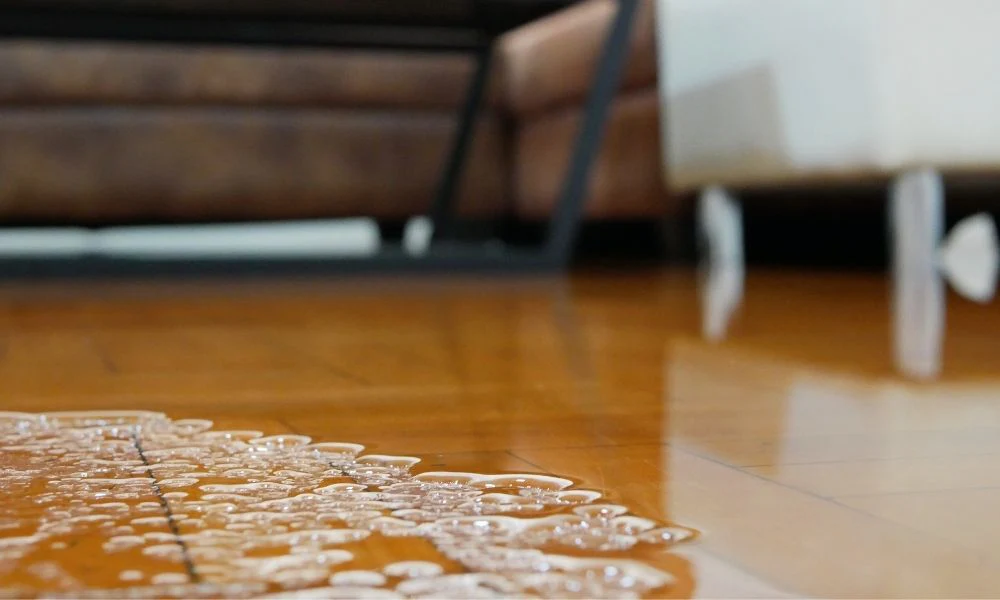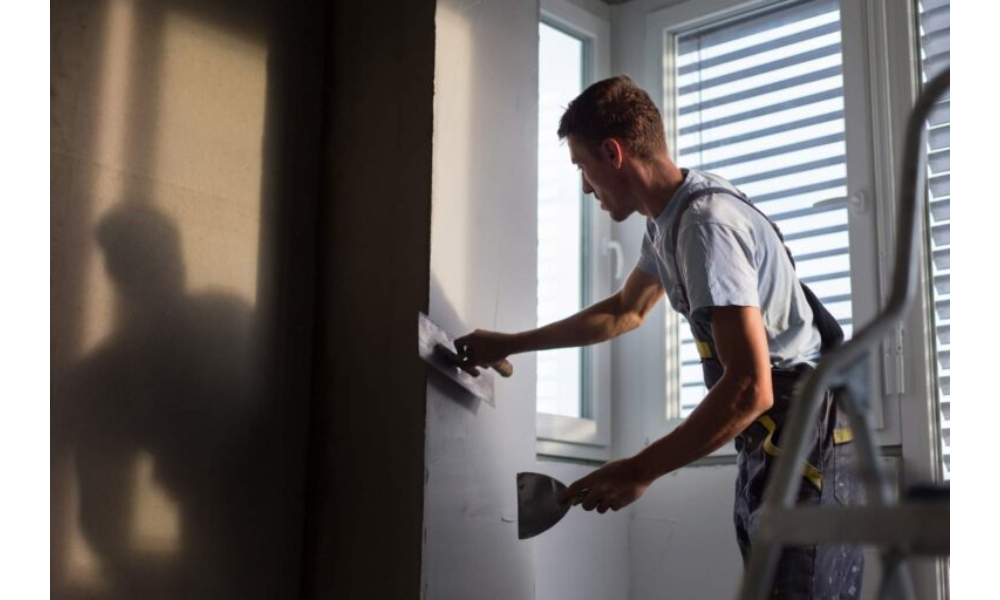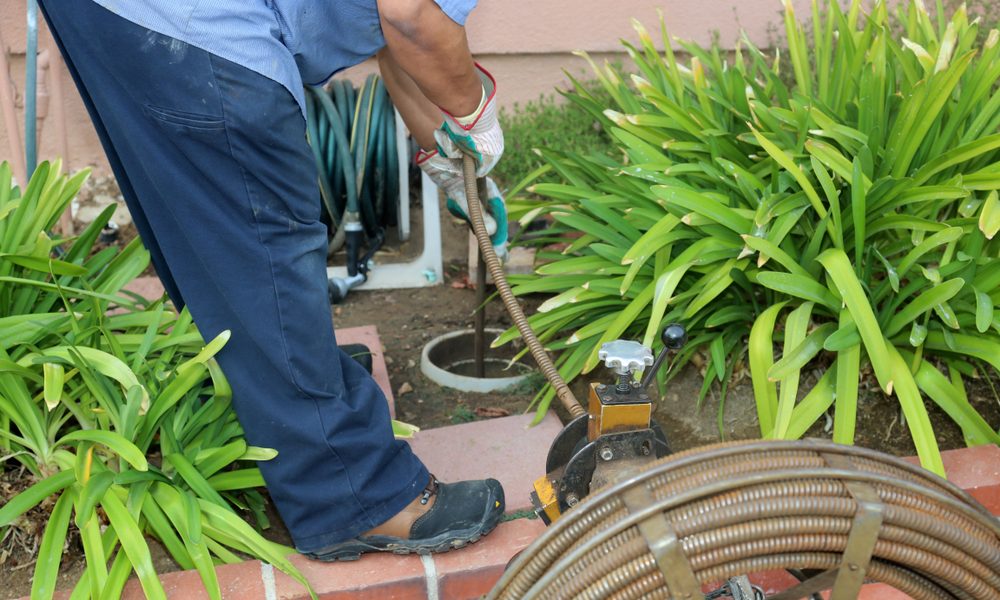If you do not address water damage immediately, it could cause serious structural damage and mold growth in your home. This can also lead to health issues. Water damage can cause further damage, so it is best to address the common problems that arise during restoration. This article explores typical problems that homeowners face after a water loss and provides practical solutions.
Common Water Damage Problems
Depending on the extent and source of the water intrusion, there are different types of water damage. Common issues that may arise include the following:
-
Water Contamination
The level and type of contamination may vary based on the source, for example, clean water, grey water, blackwater, etc. Black water is one example of a potentially harmful water that requires special handling.
-
Structural Damage
Water can weaken structural components such as walls. floors, and ceilings. The moisture in these materials can be compromised over time. They may warp, sag, or collapse if not treated.
-
Mold Growth
After water damage, mold may begin to form in as little as 48 hours. In addition to leaving stains and unpleasant odors behind, mold may be harmful to your health, particularly if you have respiratory problems.
-
Electrical Hazards
Water damage may pose an electrical hazard, especially when it comes in contact with electrical outlets, appliances, or wiring. The electricity must be shut off until a professional can assess the damage and mitigate any risks.
-
Damages To Personal Belongings
Water damage will ruin your furniture, electronics, clothing, and sentimental belongings. It is essential to restore and salvage these items as soon as possible.
Water Damage Restoration Issues – Common Solutions
-
Safety First
Prioritize safety when addressing water damage. It’s best to turn off the electricity in the affected areas, if possible. Also, if working with mold or polluted water, put on protective clothing (such as gloves and respirator masks).
-
Assess The Damage
Assess the degree and kind of damage the water has caused, as well as the amount of pollution. This assessment is important to guide restoration efforts. It will also help determine whether professional help is needed or if you can do the cleanup yourself.
-
Remove Standing Water
Remove standing water immediately using wet/dry or buckets. The longer water is left to stand, the greater damage it will cause. To ensure a thorough extraction, make sure you remove the water completely from all porous surfaces, including carpets, flooring and other porous material.
-
How To Dry Out The Area
Thoroughly dry affected spaces using fans, ventilators, and dehumidifiers. Focus on areas that retain moisture easily, like basements. crawl spaces, or behind walls. Monitor humidity and continue drying up until moisture level returns to normal.
-
Addressing Mold Growth
If mold is present, it must be addressed immediately to prevent its spread and to reduce the risk of health problems. Use the right mold removal methods, like scrubbing your surfaces with detergent and warm water. You can also apply mold inhibitors once you’re done.
-
Disinfect
Disinfect the affected surfaces in order to eliminate any bacteria, viruses, or other contaminants. This is especially important if you are dealing with grey water or blackwater damage. For safe and effective disinfectant use, only use EPA-approved cleaners and follow the manufacturer’s instructions.
-
Inspecting Damage To Structure
Examine structural components to check for signs such as cracks, warping, and swelling. Take immediate action to address any areas that are compromised. This will shield your home’s structural integrity from further harm.
-
Restore Damaged Materials
Restore salvaged items by thoroughly cleaning, disinfecting, and drying them. Replace irreparably ruined materials, such as drywall, insulation, and flooring, with new moisture-resistant materials in order to prevent future issues.
-
Monitor The Damage To Prevent Further Damage
Monitor areas that have been affected for signs such as mold growth or recurring moisture. Use preventive methods to reduce the risk of future water damage.
Conclusion
It is essential to use a water damage restoration company services and take quick action in order to reduce damage and restore the home safely. Following these practical steps to minimize the damage caused by water, prioritize safety, and mitigate the impact of water, will protect you and your property. After water damage, you can either tackle the cleanup yourself or call in a professional to help. The key is to restore your home quickly and completely.





